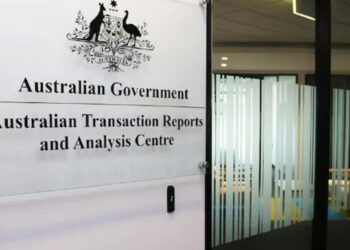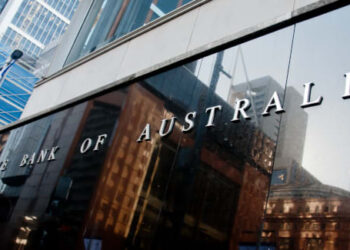As the superannuation pool expands, analysts argue that Australia’s listed exchange is struggling to meet the escalating domestic equity demands of funds.
In a new report, Macquarie analysts outlined that the superannuation pool, which continues to outgrow the Australian economy, “just wants a home”.
Namely, to put things in perspective, while superannuation manages some $3.5 trillion in assets, the combined market value of companies listed on the ASX stands at some $2.5 trillion.
The super pool is only expected to grow, Macquarie said, supported by the rise of the super guarantee (SG) levy to 12 per cent in FY2026.
“Rising super demand along with reinvested dividends and buybacks, plus an IPO drought, is driving a shortage of ASX equities,” the analysts said. “Keep in mind, there has been an IPO drought for the past two years, so there has been little new supply.”
Looking into the buzz created around the successful public listing of Mexican fast food chain Guzman y Gomez (GYG), Macquarie said that while this could potentially inspire future IPOs, even a stronger IPO year “would not” meet the rising demand from super funds, reinvested dividends, and buybacks.
Instead, to boost supply on the ASX, Macquarie suggested leveraging the growing super pool, among other positives, to attract more global companies to list.
“One area of potential growth for equity supply on the ASX would be global companies, including those that already have a primary listing in another market,” Macquarie said.
“Due to the scarcity of opportunities, attractive equity stories often trade at a premium on the ASX.”
According to ASX data, there are 144 offshore companies listed on the ASX, with the majority from New Zealand (37 percent), followed by the US, Canada, and the UK.
“We checked the relative performance of these foreign-listed companies over the last 12 months. Of the six offshore stocks in the ASX 100, five outperformed (83 per cent), while the share outperforming fell as you moved to the Small Ordinaries, then outside the ASX 300,” Macquarie said.
Where are funds investing?
The government’s recent intergenerational report revealed that net inflows for the super industry or the net amount to be invested after benefit payments will sit at some $60 billion in FY25. This is on top of any income generated by existing assets that may also need to be reinvested.
At the moment, ASX securities only make up 25.7 per cent (as of September 2023) of the super industry’s allocations, compared to 26.9 per cent in March 2021. This decline, Macquarie said, is likely explained by the fact that the super industry is outgrowing the domestic equity market.
Interestingly, allocations to offshore listed equities, which surged in popularity among Australian funds in 2021, have also declined since then to 26.4 per cent.
Delving into the allocations of industry funds only, which comprise almost half of super assets (excluding SMSFs) with an average of $59 billion in assets, Macquarie noted that in line with the sector trend, they too reduced their exposure to the ASX by 3ppt over the last three years to 22.7 per cent.
These funds, which have doubled in size compared to three years ago, can have a material impact on domestic markets, Macquarie cautioned.
“As industry funds outgrow other funds and the market, there is a risk their allocation falls further. Part of the issue is the de-equitisation of the ASX in recent years, and if there were a larger supply of attractive ASX securities, this trend could slow,” the analysts explained.
They revealed that as a whole, the super industry, while it appears to be moving away from domestic and offshore equities, is increasingly interested in fixed income, unlisted allocations, and alternatives.







